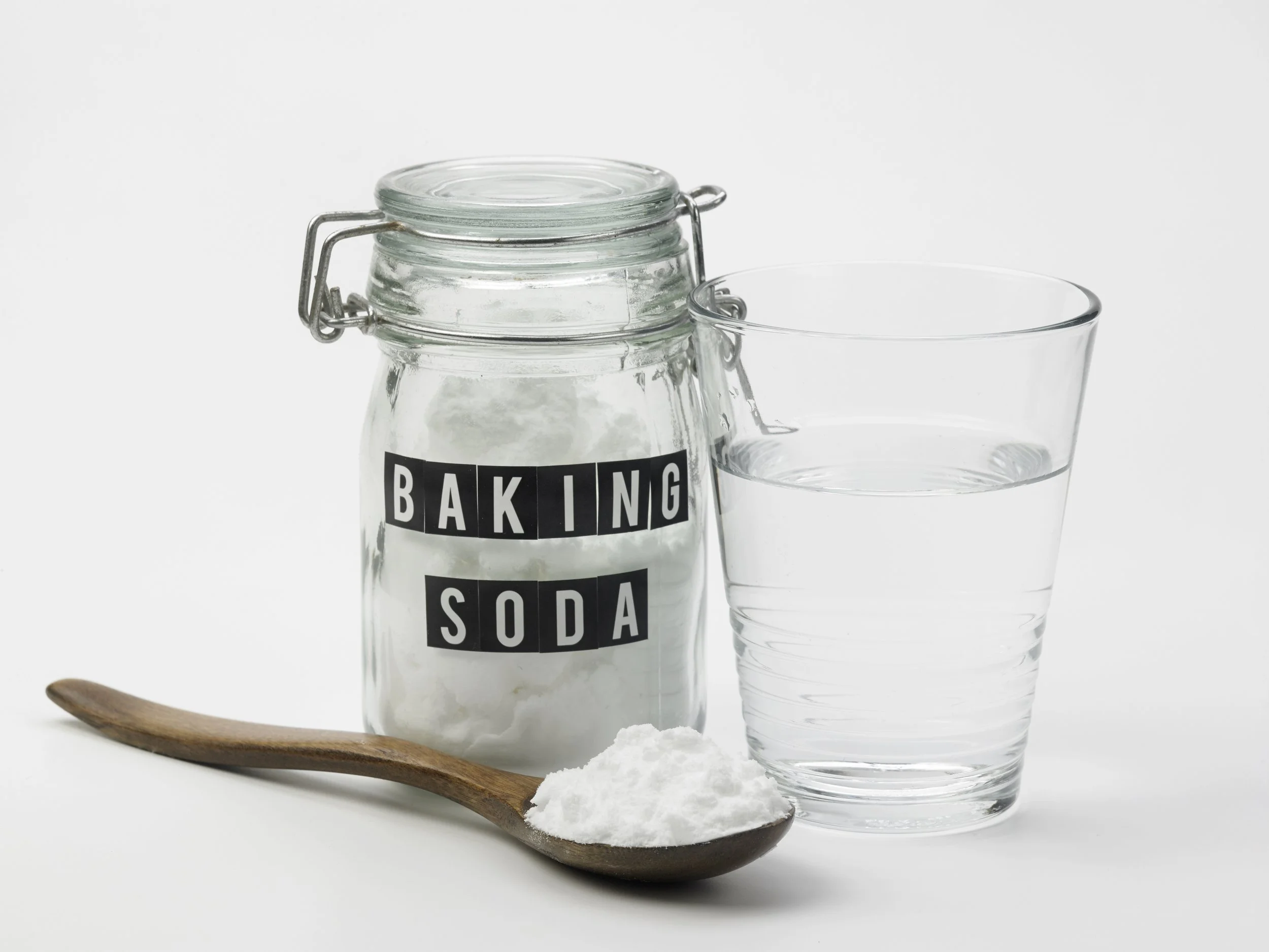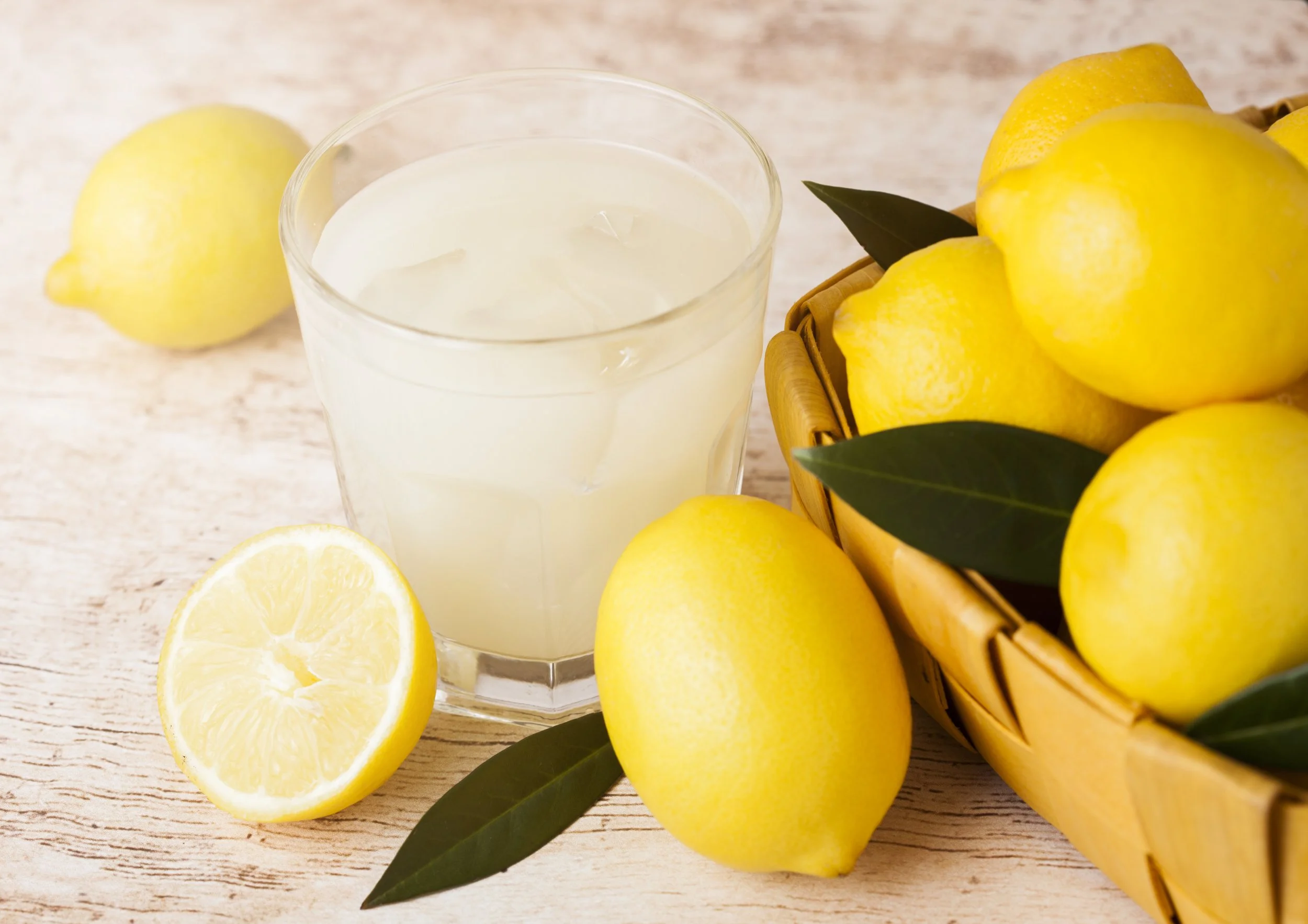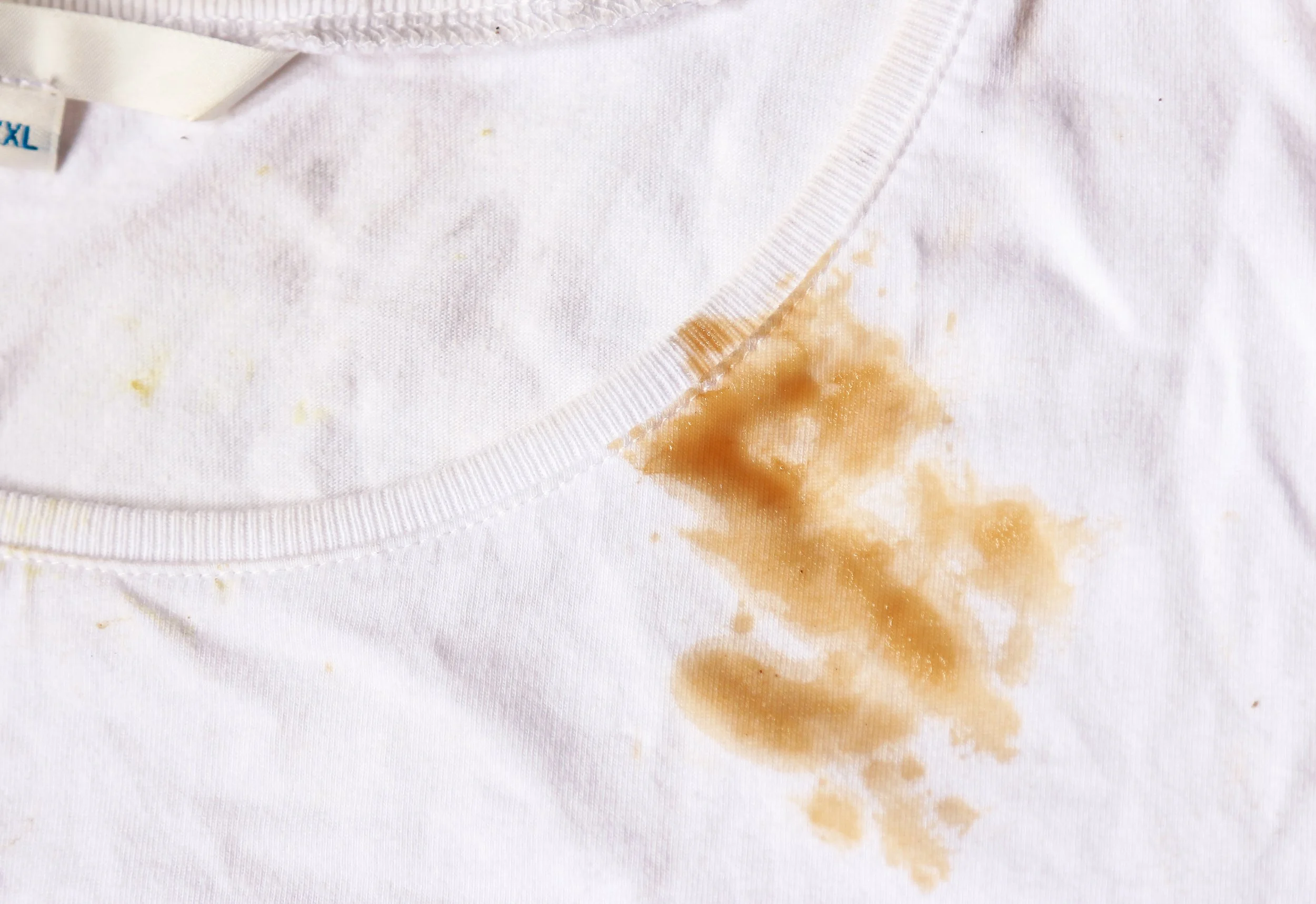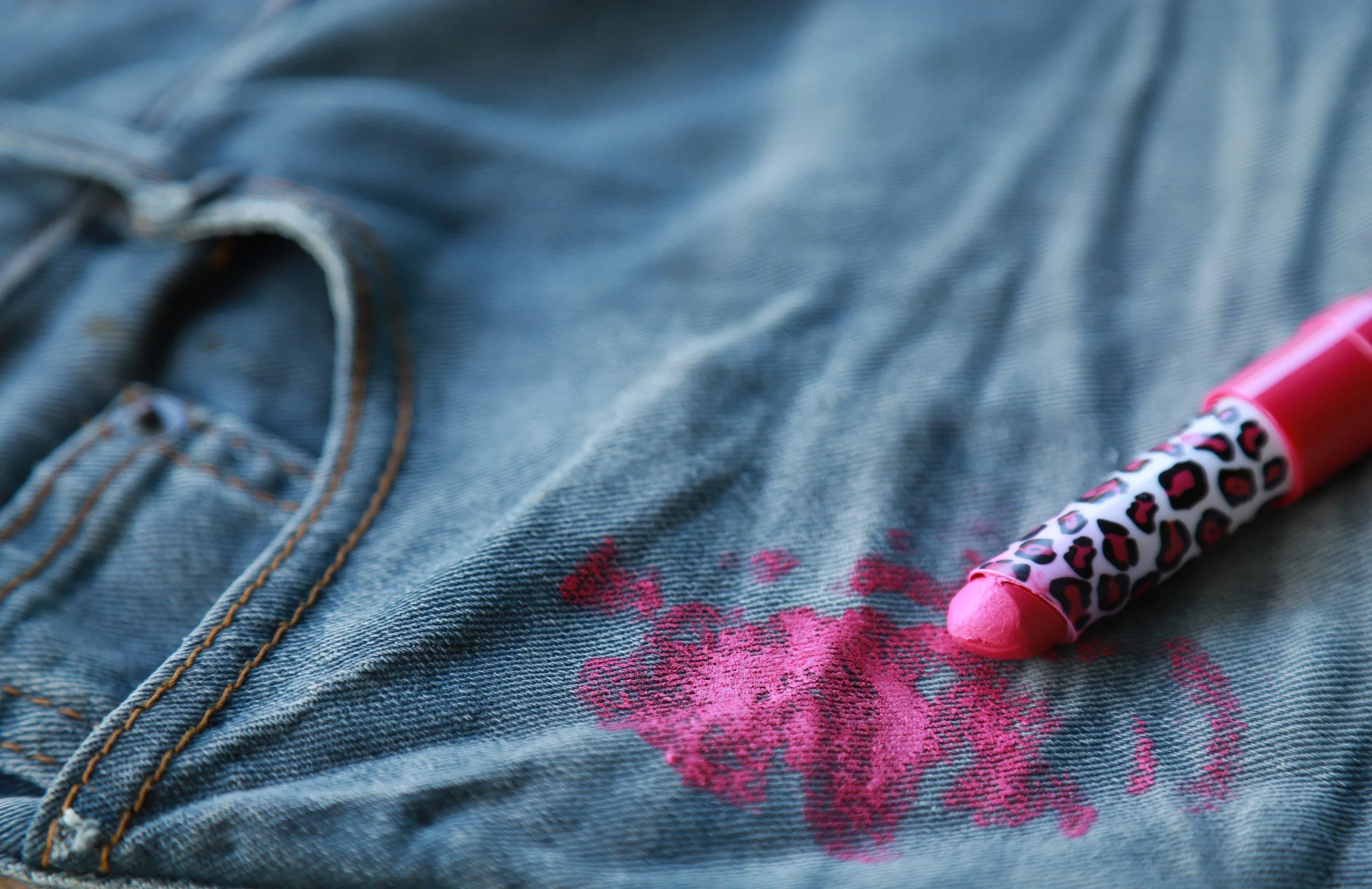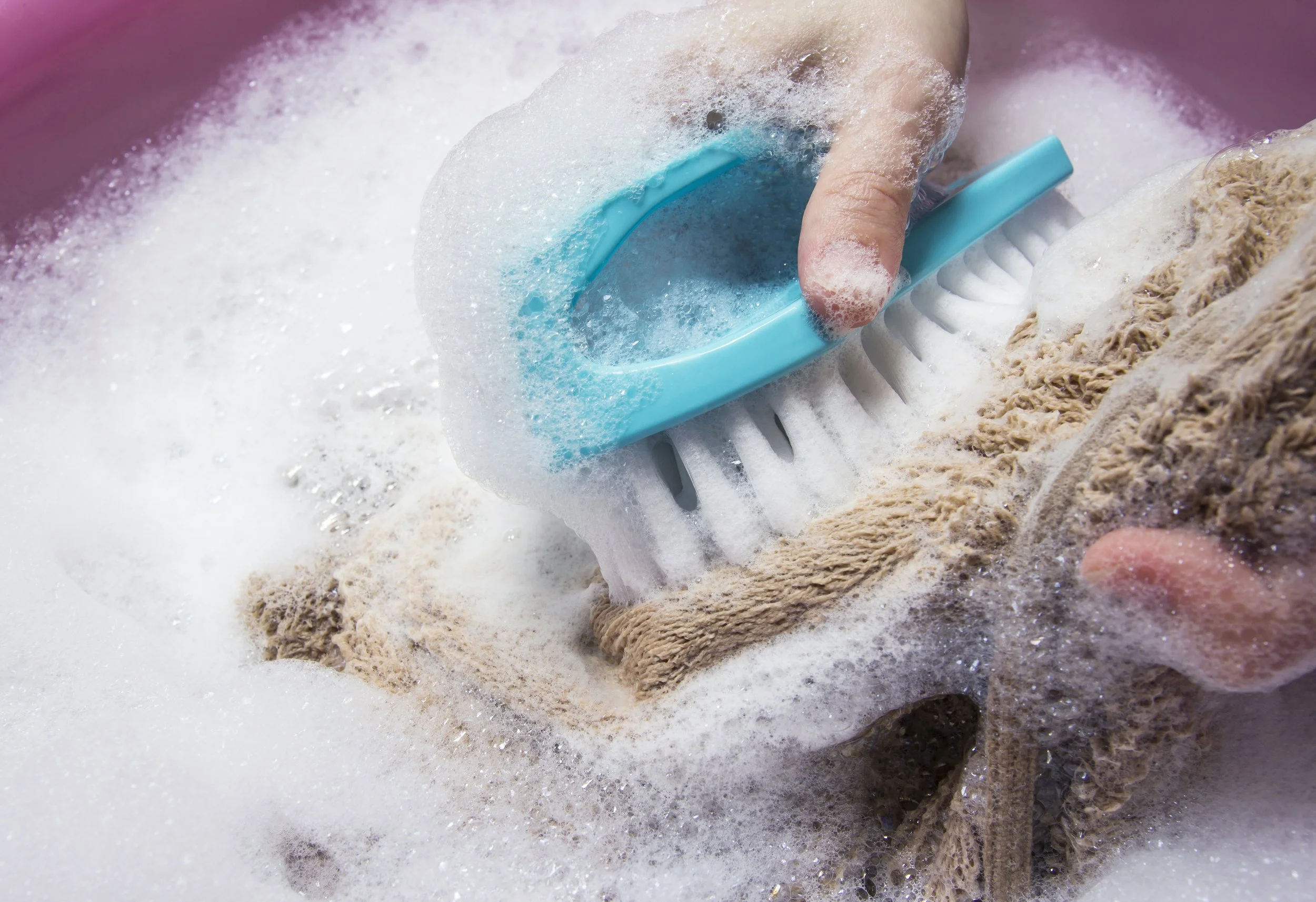Best Ways to Remove Tough Stains from Clothes
Have you ever pulled a favorite shirt out of the dryer only to realize the stain you thought was gone is now baked in forever? Or maybe you’ve spent way too much time scrubbing at a spill that refuses to budge, wondering why something so small can feel so frustrating. Stains have a way of showing up at the worst possible moment, right before work, school drop-off, or an important event. And honestly, the stress that comes with figuring out how to actually remove tough stains from clothes is enough to make anyone feel stuck.
If you’re here, you’re probably tired of trying a bunch of random hacks that don’t work. You want something simple. Something quick. Something that won’t ruin your clothes. And you want it explained in a way that feels like someone is walking you through it, not tossing complicated instructions your way.
So that’s exactly what this guide will do. Let’s break it all down in a clean, uncomplicated, conversational way, just like you’d hear it from a friend who’s good at laundry.
Key Takeaways
Act fast before the stain sets.
Blot, never rub, so the stain doesn’t spread.
Pretreating is the single most important step.
Natural cleaners like vinegar, baking soda, and lemon juice work surprisingly well.
Check the stain before tossing clothes in the dryer every single time.
When stains become too stubborn, home cleaning services can help prevent long-term fabric damage.
The Best Way to Remove Tough Stains from Clothes
Let’s get right to it. The most reliable way to remove tough stains from clothes is to follow a simple, repeatable process:
Blot the stain gently.
Rinse the back of the stain with cold water.
Pretreat with a natural cleaner or stain remover.
Let it sit for 10–15 minutes.
Wash on the right cycle.
Check the stain before you dry it.
If it’s still there, repeat the pretreat-and-wash steps. Drying too early is the number one reason stains become permanent.
And when the stain just won’t budge, or the fabric is delicate, it’s okay to get help. Professionally cleaned homes prevent the buildup of dirt, oils, and residue that lead to harder stains long-term. Companies like Amenify offer trusted home cleaning services that help keep everyday mess from turning into permanent clothing stains.
Natural & Effective Stain Removers You Already Have at Home
Most people assume you need some heavy-duty chemical cleaner to deal with stains. But the truth? Some of the most effective tools are already sitting in your kitchen.
Tip
Always do a quick colorfast test on a hidden spot first.
Baking Soda
Baking soda works extremely well on odors, sweat stains, and oils. It absorbs residue and breaks it down naturally. Make a paste with water, rub it in gently, and let it sit for 15 minutes before washing.
Lemon or Lime Juice
These citrus juices act like natural bleach, gentle but strong enough to lighten stains like rust or sweat. Just avoid using them on dark or delicate fabrics.
Related Blog: The Ultimate Teenage Chore List: Teaching Responsibility and Life Skills
Distilled White Vinegar
Vinegar is one of the most reliable natural stain removers. It loosens residues, neutralizes odors, and lifts stains without damaging most fabrics.
Hydrogen Peroxide
Hydrogen peroxide is great for blood, wine, underarm stains, and food spills. It acts like a mild bleach, so test it first on colored fabrics.
Borax
Borax boosts cleaning power. Add a small amount to water, soak the clothing, and then wash normally.
Talc, Cornstarch, or Chalk
These powders are perfect for fresh grease and oil stains because they absorb the oils instantly. Sprinkle, wait, brush off, and pretreat.
Table Salt
Salt works surprisingly well for wine, sweat, and dye stains. It pulls moisture and pigment out before the stain sets in.
Types of Tough Stains & How to Remove Them Quickly
Different stains need different treatments. Here’s a quick and simple rundown.
Protein Stains
Blood, sweat, dairy, eggs
Fresh Stains
Rinse with cold water, blot, and pretreat with hydrogen peroxide or baking soda.
Dried Stains
Soak in a cold water and vinegar mixture before pretreating.
Oil & Grease Stains
Cooking oil, butter, mayo
Light Stains
Use dish soap or baking soda paste.
Heavy Stains
Try cornstarch or talc first, then pretreat with dish soap.
Tannin Stains
Coffee, tea, wine, soft drinks
Use cold water and vinegar; avoid soap on fresh stains, as it can set them.
Dye Stains
Ink, marker, berries, juice
Use rubbing alcohol or a vinegar and dish soap mixture. Don’t rub; just blot gently.
Cosmetic Stains
Makeup, lipstick, deodorant, perfume
Oil-based makeup responds well to dish soap. Powder makeup lifts with vinegar.
Sticky & Waxy Stains
Crayon, gum, candle wax
Freeze gum to harden it, then scrape. For wax, place paper over it and press with a warm iron.
Paint Stains
Water-Based Paint
Rinse while wet, then wash.
Oil-Based Paint
Use a small amount of rubbing alcohol or paint thinner (test first).
Outdoor Stains
Grass, mud, pine resin, tar/tree sap
Grass responds to vinegar. Mud should dry first, then be brushed away. Resin and sap soften with rubbing alcohol.
Household Food Stains
Ketchup, barbecue sauce, chocolate, toothpaste
Cold water and pretreat before washing. Chocolate may need soaking if dried.
Are Some Stains Truly Permanent?
When this happens, retreatment can help, but results vary. Try sunlight bleaching for whites, natural cleaners, or soaking. If the stain still doesn’t budge, the fabric may be permanently altered. Some stains can become permanent if:
They’ve gone through the dryer
They’ve sat untreated for months
They soaked deeply into delicate fabrics
They’re caused by dyes, inks, or oils
How to Pretreat Stains the Right Way
Pretreating is the most important step, yet it’s the one people skip the most.
Here’s the right way to do it:
Identify the type of stain.
Apply the correct natural cleaner (baking soda, vinegar, or dish soap).
Let it sit for 10–15 minutes.
Rinse with cold water, not hot.
Wash normally.
Related more: Room-by-room Deep Cleaning Checklist
Common Mistakes That Make Stains Worse
Rubbing too hard
Using hot water too early
Treating stains with bleach on colored fabrics
Letting stains sit too long
Drying clothes before checking them
Skipping the colorfast test
When Should You Ask for Professional Help?
Keeping your home clean also plays a role. Residue, dust, and oils in your home can transfer to clothes over time. Trusted home cleaning services like Amenify help reduce this buildup, making it easier to remove tough stains in the future. There are times when it’s better to step back and let a professional handle things:
The fabric is expensive or delicate
The stain is old and deeply set
You’ve tried multiple removers without success
The stain contains oils, dyes, or multi-layer buildup.
Conclusion
Stains don’t have to be overwhelming. Once you know how to remove tough stains from clothes, it makes the whole experience so much simpler, a lot quicker, and much less stressful. Using a few common household items and knowing the right process is a game-changer! And, to take some pressure off when life gets a little too hectic, we often rely on Amenify and other reputable home cleaning services to catch the stains before they develop.
You deserve clean, fresh, and durable clothes, without the hassle!
FAQ
-
Act fast: blot, rinse with cold water, pretreat, then wash.
-
Dye-based stains like wine, berries, and ink.
-
Yes. Pretreating is the most effective first step.
-
It can lighten some fabrics. Always test first.
-
Hot water sets most stains permanently.
-
Yes, many can, especially with soaking and pretreating, but not all.



